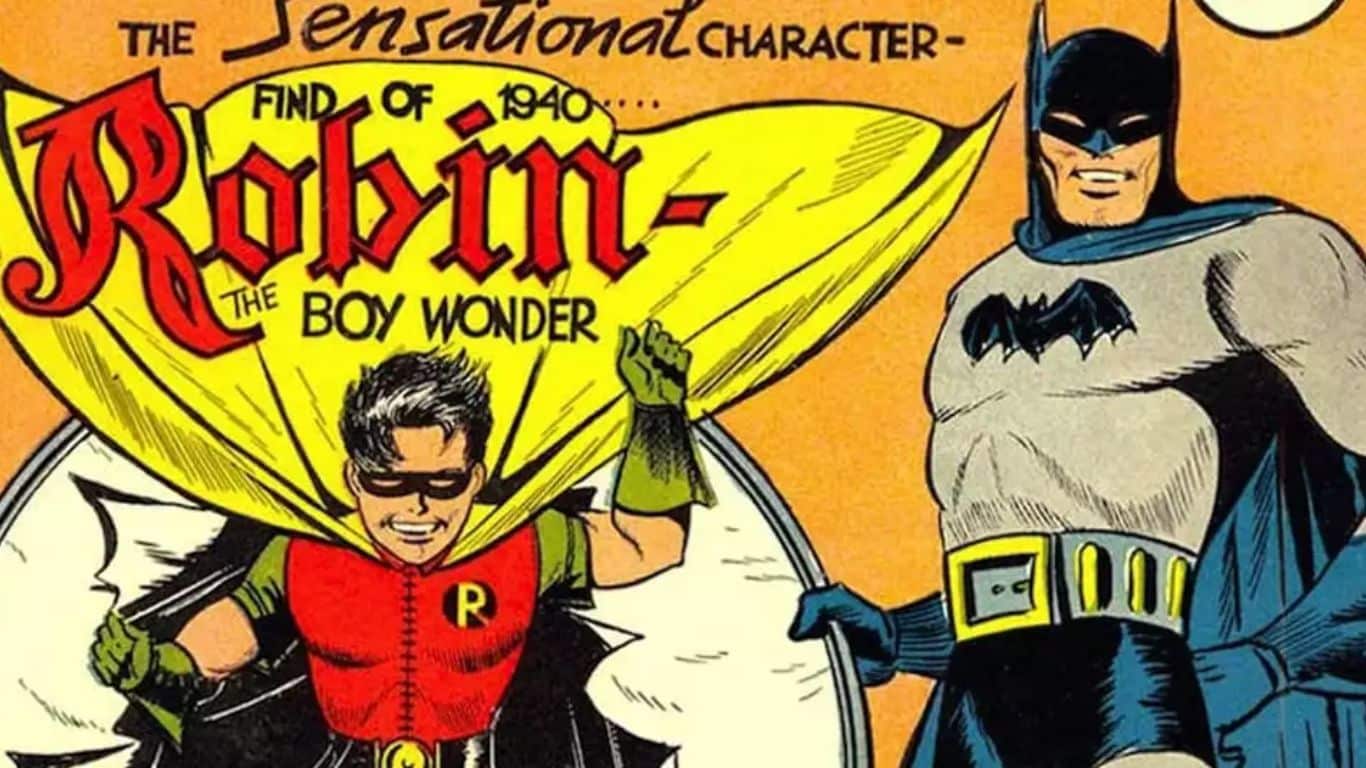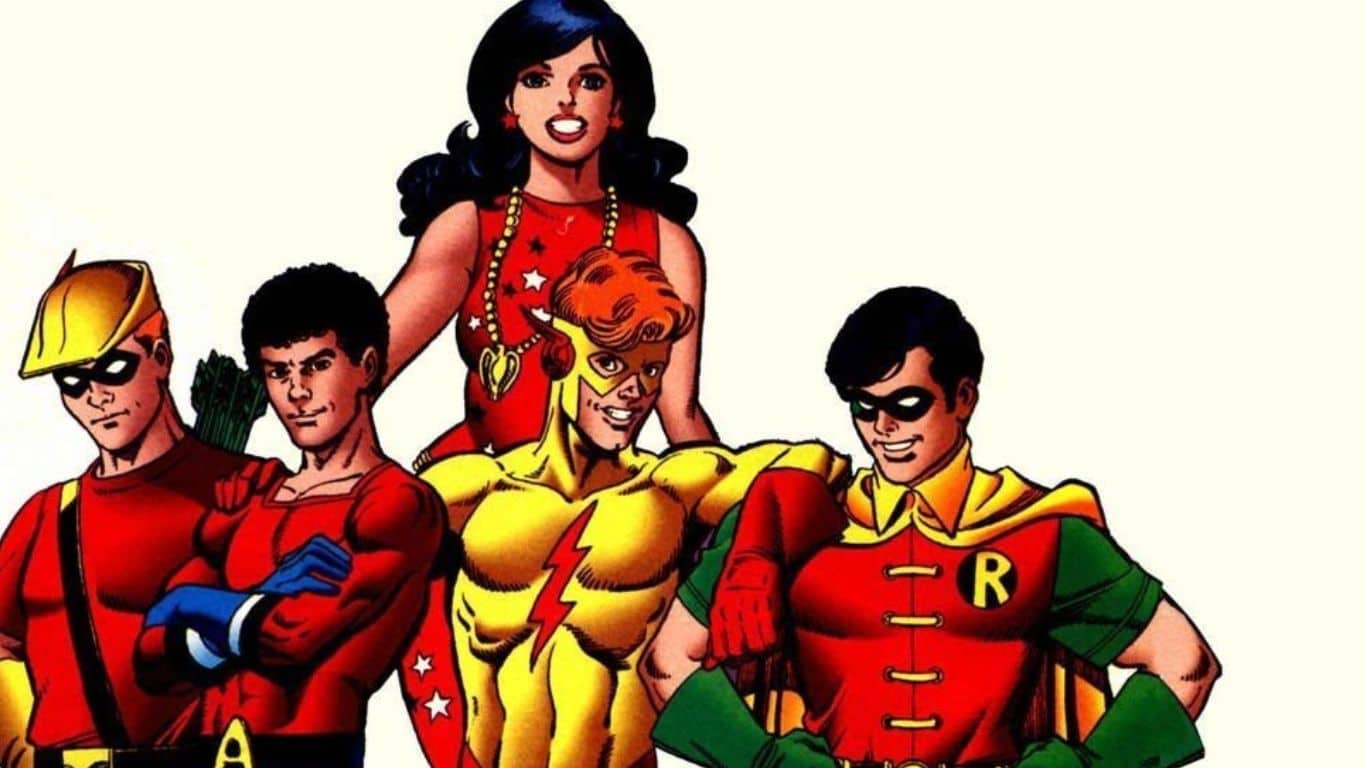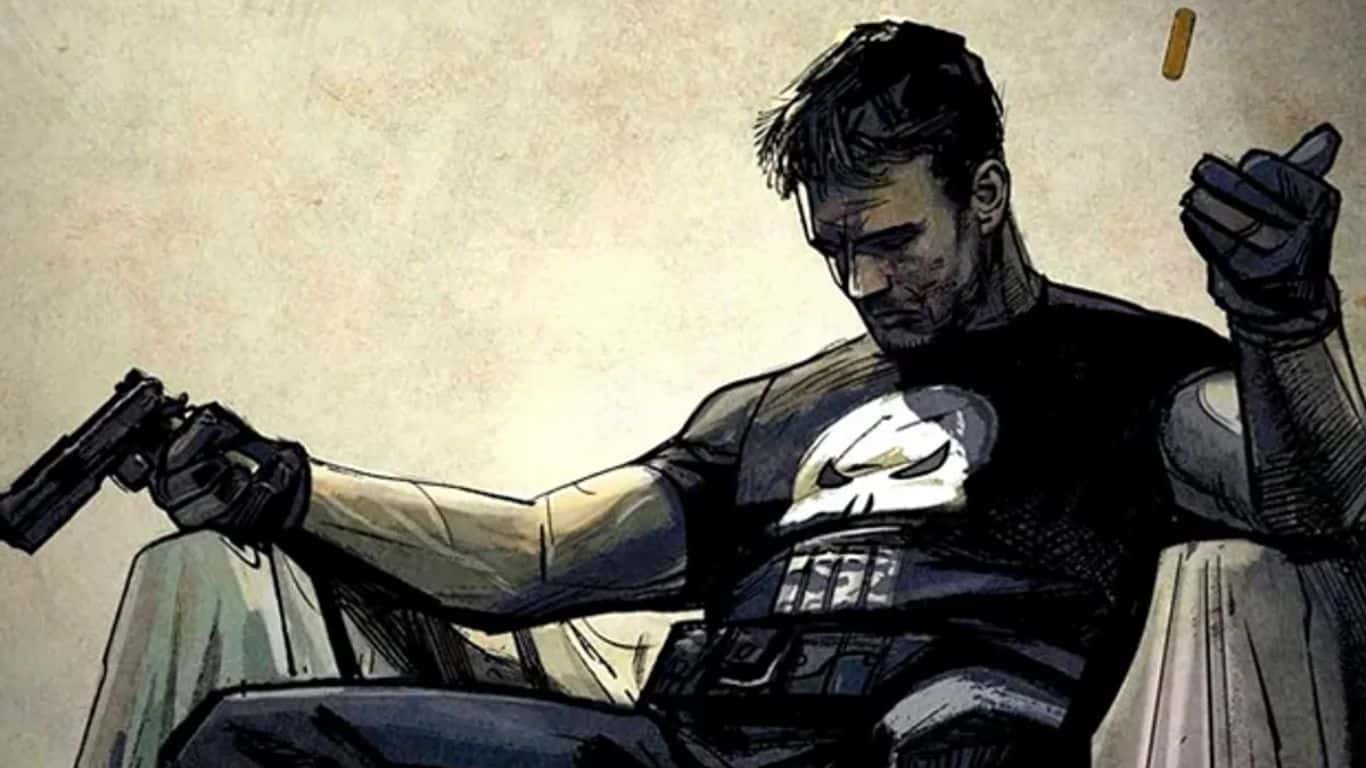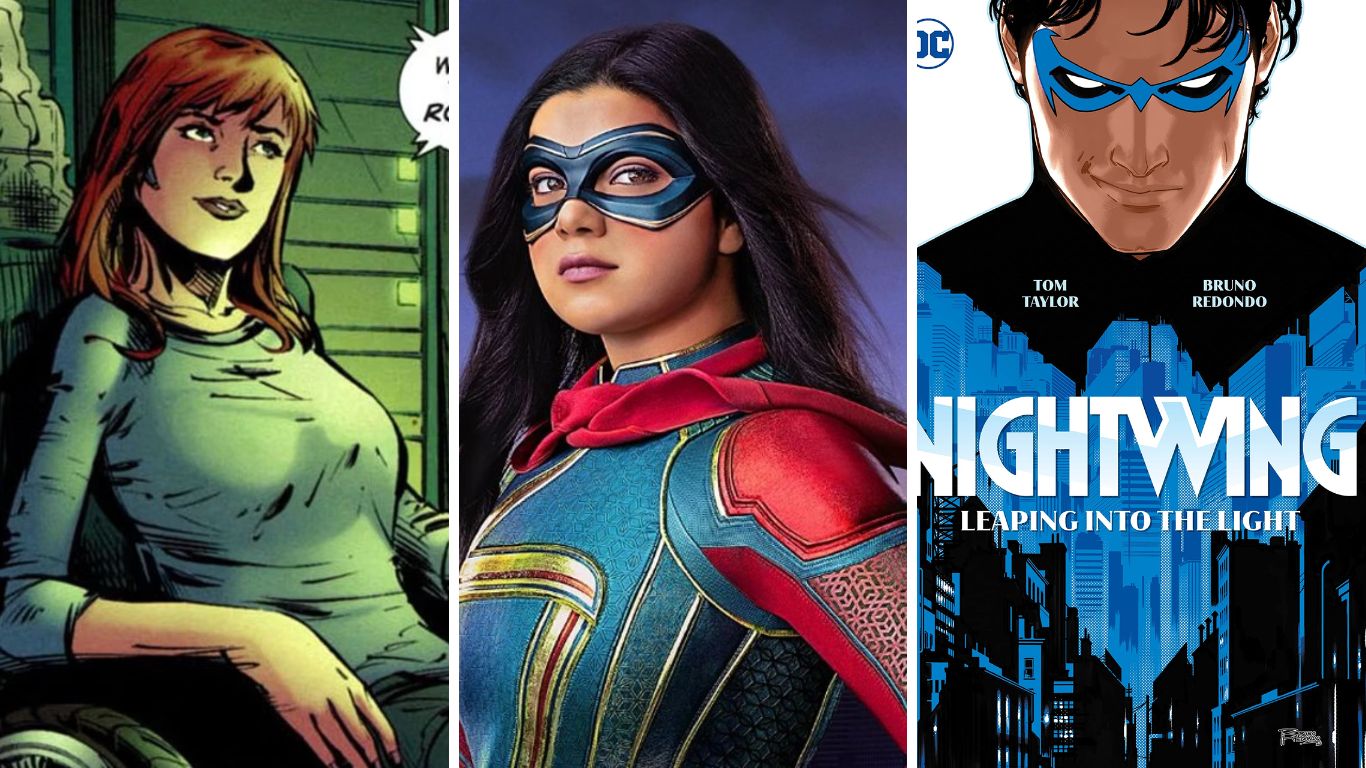Superhero comics have long been known for their colorful characters, epic battles, and fantastic powers. But just as important as the heroes themselves are their sidekicks, the loyal companions who have assisted and supported them on their journeys for decades. The role of the sidekick has evolved over the years, reflecting changing societal attitudes and storytelling trends. From Robin, the Boy Wonder, to Bucky, the Winter Soldier, to Kamala Khan, the current Ms. Marvel, sidekicks have played an important and dynamic role in the world of superhero comics. In this article, we will explore the evolution of sidekicks in superhero comics, from their humble beginnings as youthful assistants to their status as fully realized characters in their own right.
The Evolution of Sidekicks in Superhero Comics
First appearance

The first appearance of sidekicks in superhero comics dates back to the 1930s, when Robin, the Boy Wonder, made his debut in “Detective Comics” #38 in 1940 as the sidekick of Batman. Robin was introduced as a way to appeal to younger readers and to provide a youthful counterpoint to the older, more experienced Batman. Robin’s acrobatic skills and youthful energy added a new dynamic to Batman’s crime-fighting adventures, and the character proved to be an instant hit with readers.
Over the years, other sidekicks have been introduced, including Bucky, Speedy, and Kid Flash, among others. As the genre of superhero comics has evolved, so too have the roles of sidekicks, with many becoming fully realized characters in their own right. Today, sidekicks continue to play an important and dynamic role in the world of superhero comics, reflecting the changing attitudes and storytelling trends of the times.
Earlier version of sidekicks

In the early days of superhero comics, sidekicks were often depicted as younger, less powerful versions of the main hero. They were frequently used as a way to appeal to younger readers, who could identify with the sidekick’s youth and inexperience. Robin, for example, was a teenage acrobat who assisted Batman in his crime-fighting adventures.
These early sidekicks were often portrayed as comic relief, providing a contrast to the more serious, stoic hero. They were also used as a way to introduce new readers to the world of superhero comics, as they provided a way for young readers to identify with the hero and his adventures.
Sidekicks were also used to explore the hero’s backstory and motivations. For example, Robin’s backstory as a circus performer who had lost his family to crime added depth to Batman’s own backstory as a boy who had lost his parents to a violent crime.
Societal Attitudes and the Rise of Anti-Heroes

The 1960s and 1970s saw a decline in the use of sidekicks in superhero comics. This was partly due to changing societal attitudes towards child labor, as the idea of young children fighting crime alongside an adult hero began to seem less acceptable. There was a growing sense that children should be protected and not put in harm’s way, which made the use of sidekicks in comics less socially acceptable.
However, the decline of sidekicks in superhero comics was not just a reflection of changing societal attitudes. The rise of anti-hero characters like the Punisher also played a significant role. Anti-heroes were often lone vigilantes who dispensed justice on their own terms and did not require a sidekick to help them. The Punisher, in particular, was a character who operated alone and relied on his own skills and training to take down criminals. This made the use of sidekicks in comics seem unnecessary and outdated.
Despite the decline of sidekicks in the 1960s and 1970s, the trend would eventually reverse in the 1980s and beyond. As superhero comics became more sophisticated and explored more complex themes, the use of sidekicks was once again embraced. However, the role of sidekicks had changed significantly, as they were no longer just young children fighting alongside an adult hero, but rather fully realized characters with their own unique story lines and abilities.
Popular sidekicks

- Robin: Robin, the Boy Wonder, is one of the most iconic sidekicks in superhero comics. He was introduced as the sidekick to Batman in “Detective Comics” #38 in 1940 and has since appeared in numerous iterations across various media.
- Bucky Barnes: Bucky Barnes was the sidekick to Captain America during World War II. He was presumed dead after an explosion, but was later revealed to have been brainwashed and turned into the Soviet assassin known as the Winter Soldier.
- Kid Flash: Kid Flash, also known as Wally West, is the sidekick to the Flash. He was introduced in “The Flash” #110 in 1959 and has since become a beloved character in the DC Universe.
- Aqualad: Aqualad, also known as Garth, is the sidekick to Aquaman. He was introduced in “Adventure Comics” #269 in 1960 and has since become a popular character in the DC Universe.
- Jubilee: Jubilation Lee, also known as Jubilee, is a sidekick to the X-Men. She was introduced in “Uncanny X-Men” #244 in 1989 and is known for her distinctive appearance and abilities, which include the ability to generate pyrotechnic energy blasts.
From Sidekicks to Standouts

The evolution of sidekicks in superhero comics has led to many secondary heroes taking on more complex roles that were once reserved for the main hero. One of the best examples of this is Barbara Gordon’s transformation from Batgirl to Oracle, as seen in “The Killing Joke.” This event not only highlighted Batgirl’s vulnerabilities but also showcased her strength and resilience in the face of adversity. By becoming Oracle, Barbara Gordon became an important ally to the heroes of the DC Universe, providing them with vital information and support through her computer hacking skills.
Another example is the character of Robin. While Robin was initially introduced as Batman’s sidekick, the character has since evolved into a standalone hero with his own unique story lines and character development. Robin has been portrayed by various characters over the years, including Dick Grayson, Jason Todd, Tim Drake, and Damian Wayne. Each Robin has had their own unique story lines and character arcs, providing readers with a diverse range of perspectives and experiences.
Other examples of secondary heroes who have evolved beyond their sidekick status include characters such as Bucky Barnes (the Winter Soldier), who was initially introduced as Captain America’s sidekick, and Kamala Khan (Ms. Marvel), who has become an important representative for Muslim Americans in the superhero universe. Overall, the evolution of sidekicks in superhero comics has led to a richer and more diverse superhero universe, providing readers with a wider range of characters and stories to explore.
Conclusion
The evolution of sidekicks in superhero comics has been a fascinating and dynamic process. From their early origins as youthful companions to adult heroes, to their later transformations into fully realized secondary heroes with complex story lines, sidekicks have played an important role in shaping the superhero genre. While societal attitudes and changing storytelling trends have influenced the use of sidekicks over the years, they remain a beloved and essential part of the superhero universe. The continued evolution of sidekicks, and their ability to reflect and comment on the world around us, ensures that they will remain an important aspect of superhero comics for years to come.
Also Read: History and Evolution of JLA (Justice League of America)



